Behind the Line: 10 Worst Phones to Play On in the 2000s

Last year I did a list of 10 strange phone designs from the 2000s. Today, I want to revisit that idea a bit and show everyone out there who likes playing games on their phones what we had to deal with when testing phone games in the previous decade.
DIS-Honorable Mention – Pantech C3
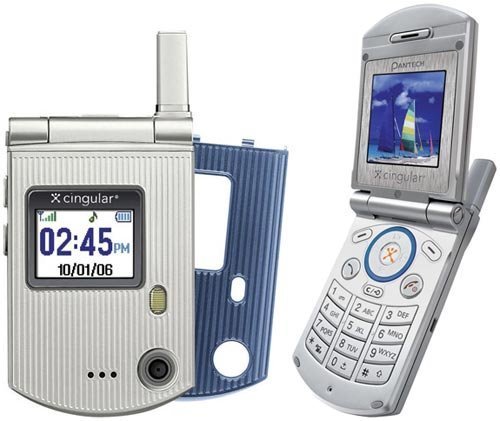
In an era when people joked about phones being small, this was THE small phone. It ran OK and there were no real problems with it, but damn, the thing was tiny.
#10 – Nokia 7210

The 7210 wasn’t that bad a device… once the game was running. The problem was that this was in a time before phones could connect to the internet through Wi-fi. To load anything, you needed a SIM chip for an account with a data plan, then download through that. Unfortunately not all devices were reliable with that. The 7210 would fail to establish a data connection, didn’t have Wi-fi, couldn’t be cable loaded, and this was before everything had Bluetooth. What to do? It did have an IR port.
Yes, we loaded the phone through TV remote control technology.
#9 – Audiovox 8900
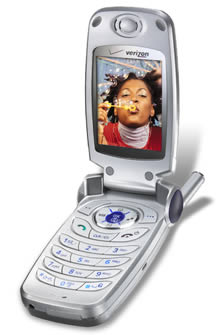
Sometimes you can get a feel for the specs of something just by how it performs. The 8900 was, around 2003, considered a larger screen at 128×160. However, compared to other devices, it ran much slower. You can tell just by using it that the processor couldn’t handle the screen resolution well.
On top of that, I’ve seen it accidentally overwrite system files.
#8 – Motorola T720
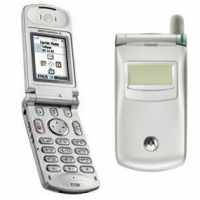
In reality, this was a family of devices, the T720, T730, T730. While they were all similar, the T720 was the most pathetic of the lot. It was slow, the display was washed out and could burn, the memory was so limited that it could be difficult to load a game onto it in the first place. Like some others, it also had a non-standard button layout that could cause problems. Irritating Motorola menu button… AND some HUGE backed in soft button labels that kept covering game elements.
#7 – Motorola C343

Speaking of irritating menu buttons, the Motorola Menu button on this little thing was located where the OK button was for nearly every other phone. To translate that into modern terms, it would be like if the home button on your Apple or Android device was actually the power button.
On top of that, the screen was TINY. At 96×64 pixels I believe that this was the smallest screen I ever worked with. How small is that? This small:

#6 – Audiovox 8600

This one either belongs right here on the list, or not on the list at all. This phone had one of the weirdest issues of any. It was even recognized by Qualcomm in their list of known issues with devices running the BREW OS. If memory serves, the issue was recorded as, “Resuming BREW app after BREW app suspend can cause unpredictable behavior.”
Testing suspend events is a pretty big deal in Mobile. It’s a phone, you’re going to get calls. You have to make certain that if you get a call that it won’t break the game. By the text of that known issue, any suspend event could cause something to go wrong, so we didn’t even need to test it on that device, because any result could fall under “unpredictable behavior”.
Eventually I figured out exactly what they were talking about, and the issue was worded poorly. Here it is, if you:
- Play a game
- Receive a phone call (this suspends the game and brings up the “answer call” UI on the screen)
- Reject the phone call (If you accept it’ll resume the game normally when the call is done)
- The phone now, instead of resuming the game, takes you back to the “desktop” of the phone. (The game is still running in the background. These phones don’t do background processes!)
- Try to open the game again. (This launches a second instance of the game in memory, rather than returning to the one that’s already running)
- Crazy stuff happens.
Wild stuff.
#5 – LG 1200

Like the Audiovox 8900, it couldn’t handle the size of its own screen. While it could maintain a data connection, it was still difficult to load like the Nokia 7210. On top of that, something about its sound processing was wrong. I’ve heard it try to play a MIDI of “Take me out to the ballgame” and all of the notes were wrong. The ONLY way you could recognize it was the timing of the notes on “One, Two, Three strikes you’re out”.
#4 – LG 4400
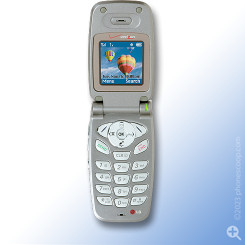
The LG4400 was feared. Not because of its processor, it ran well enough. Not because of it’s unusual screen resolution, which at 120×133 may be the ONLY device like that. No, this device was a NIGHTMARE to load. It was another device on the BREW system. All BREW devices had to be cable loaded through a special program provided by Qualcomm. This program required drivers for each different cable and/or device. Most LG devices were a dream with this. Dozens of devices used the same cable and the same driver. But, not the 4400. The 4400 used a unique cable that needed a different driver. On top of that, these loading drivers could conflict with each other, and the 4400 driver was the most susceptible to conflicts I ever saw. We wound up with one computer that could reliably load the 4400, and decided to NEVER TOUCH its drivers, reserving it for loading this one device.
#3 – SonyEricsson t610

You see that d-pad thing in the center? That thing hurts!
Like the T720, this is representing a family of devices which includes the similar t616 ad t632. This is another example of a device that could run fine. However its ergonomics were terrible. The directional pad was like a small, elevated square column, almost like a little joystick. There was no padding around it, and it had fairly sharp edges. If all you were doing with it was navigating menus for a few seconds at a time, no problem. But, if you’re spending hours working with that d-pad trying to play through a platform game? That thing could be physically torturous.
#2 – Motorola i285

While the t610 hurt with the d-pad, it was NOTHING compared to the Motorola i285. This little bastard had stylized buttons for the numerical keypad that were a little like drops of water. By that I mean while most buttons would be flat, or slightly concave to give a finger more surface area to touch, these were convex. Not just convex, but extremely convex. These had roughly the same profile of a sewing pin. But that wasn’t all, the spring function on these buttons was very stiff. You had to push fairly hard to actually press the button. You press them with your thumb, they press back into your thumb. These things could leave bruises on the pads of your thumbs with enough use.
#1 – Samsung x427
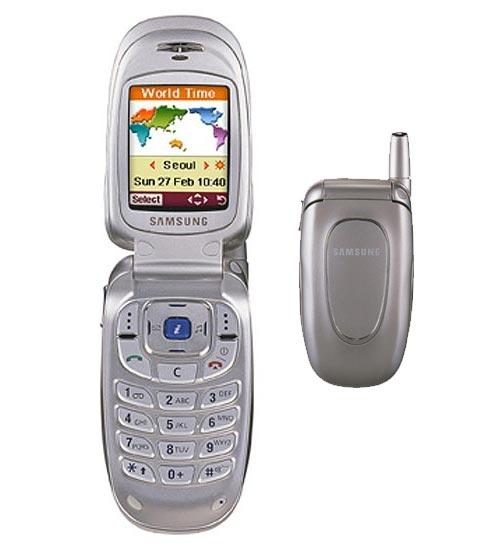
Fuck this piece of shit. Yeah, there are older phones, there are slower phones, there are uglier phones, but this is the only phone SO BAD that when it was retired, we celebrated with a funeral. This thing was old, slow, unstable, difficult to load… it may not have been THE worst in any one category, but it was near the top in all of them.
I’ve gone into how we loaded some phones a bit. BREW were cable loaded. The other major flavor of devices was GSM. For those we would put files onto a network folder that the phone could get to through its browser. It was a very simple, web 1.0 kind of thing. To keep everything secure, so we weren’t just letting the world access the games (since this was before free to play) we set up a password for these shared files. This would work fine for everything EXCEPT the x427. This device couldn’t enter a password to a website. Well, it could enter it, but it couldn’t successfully get in to a secured site. I have no idea why. Instead we had to set up a whole different file share for this device that was not password protected. We would have to upload the file, access it with the phone, then delete it quickly to keep things at all secured.
Fuck this phone!







Leave a Reply